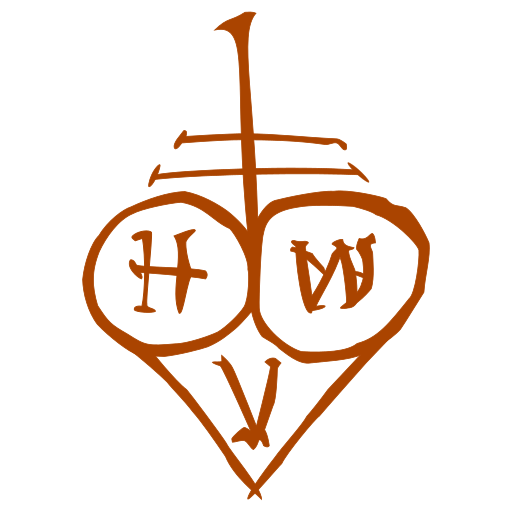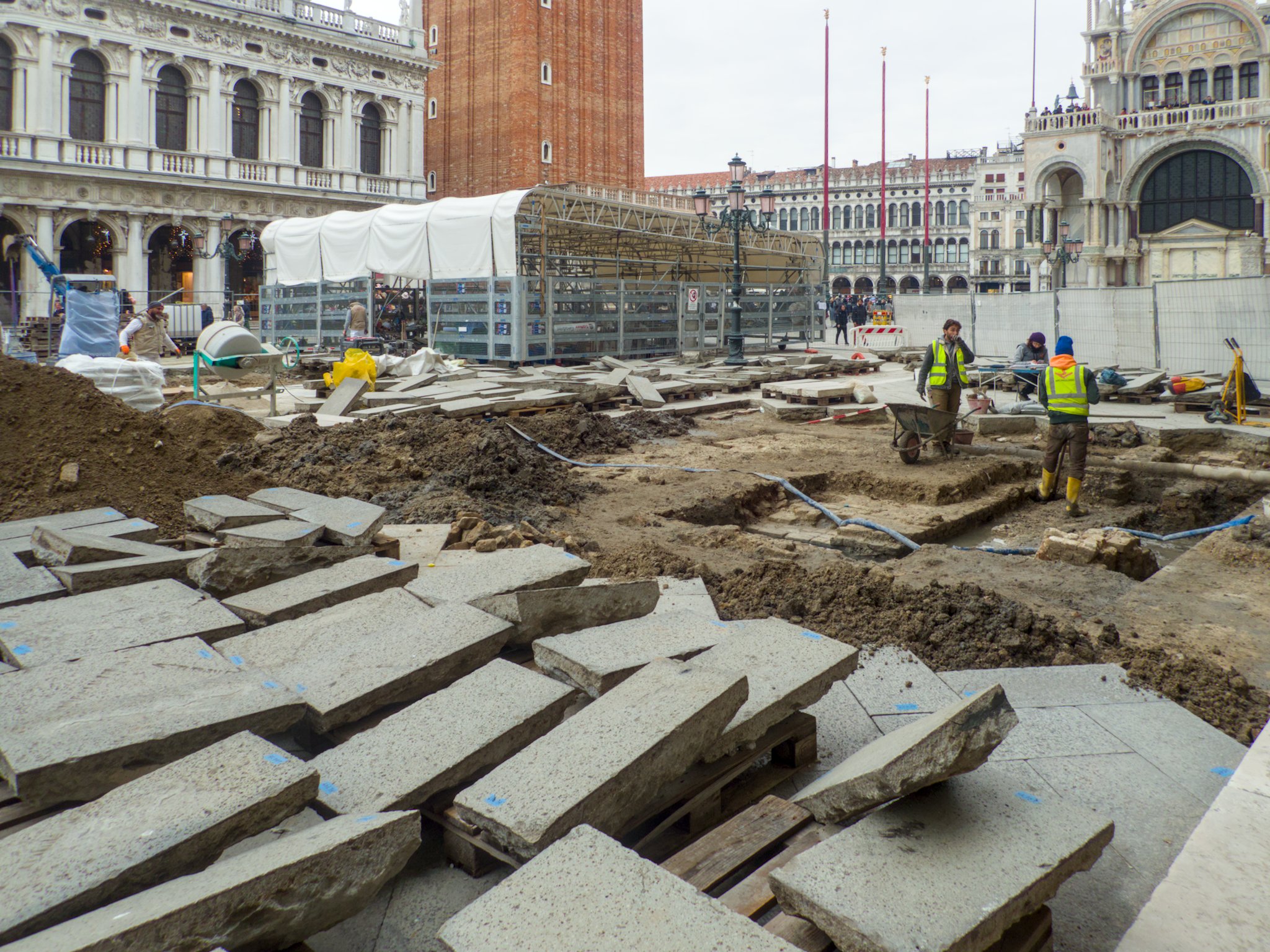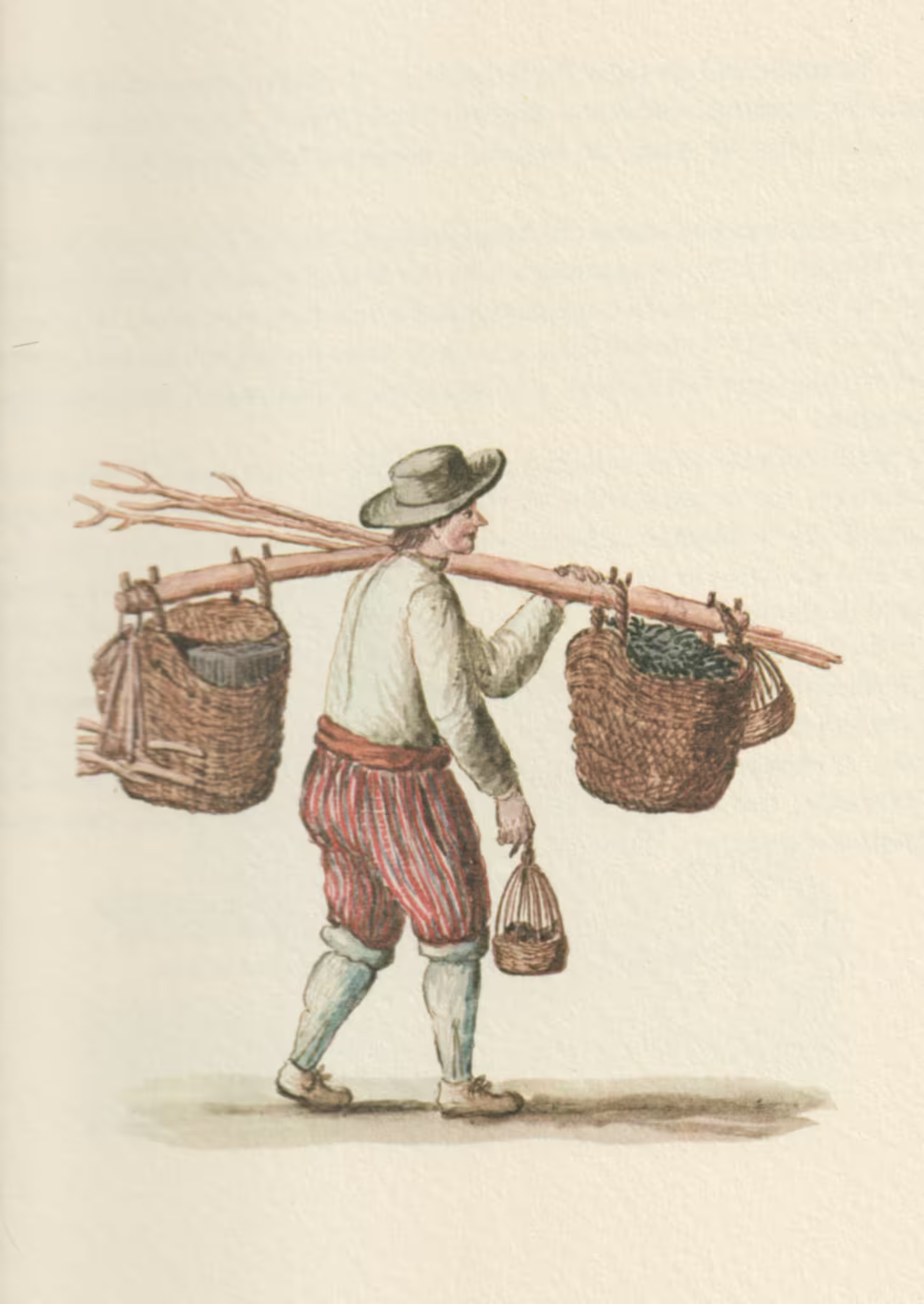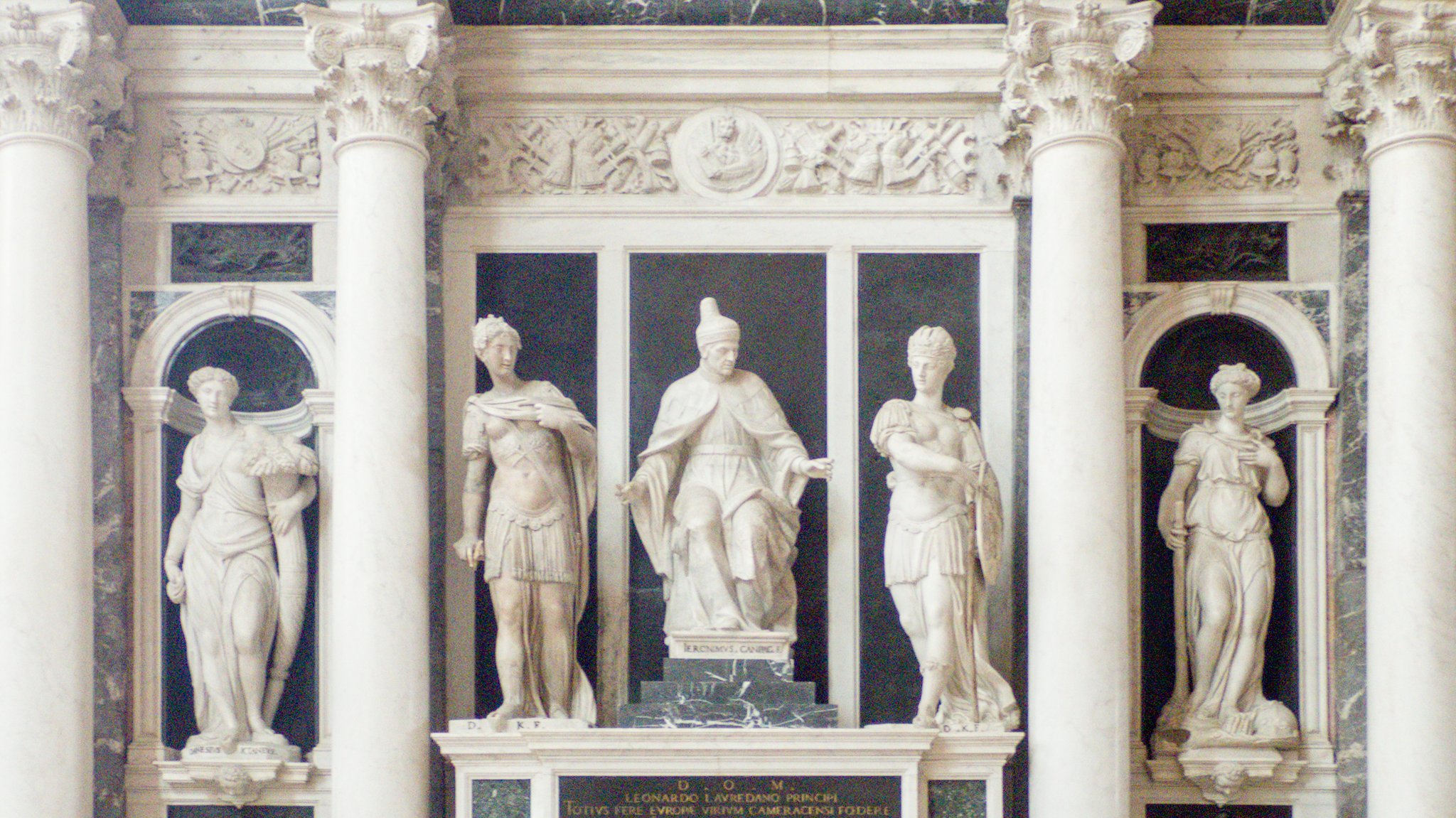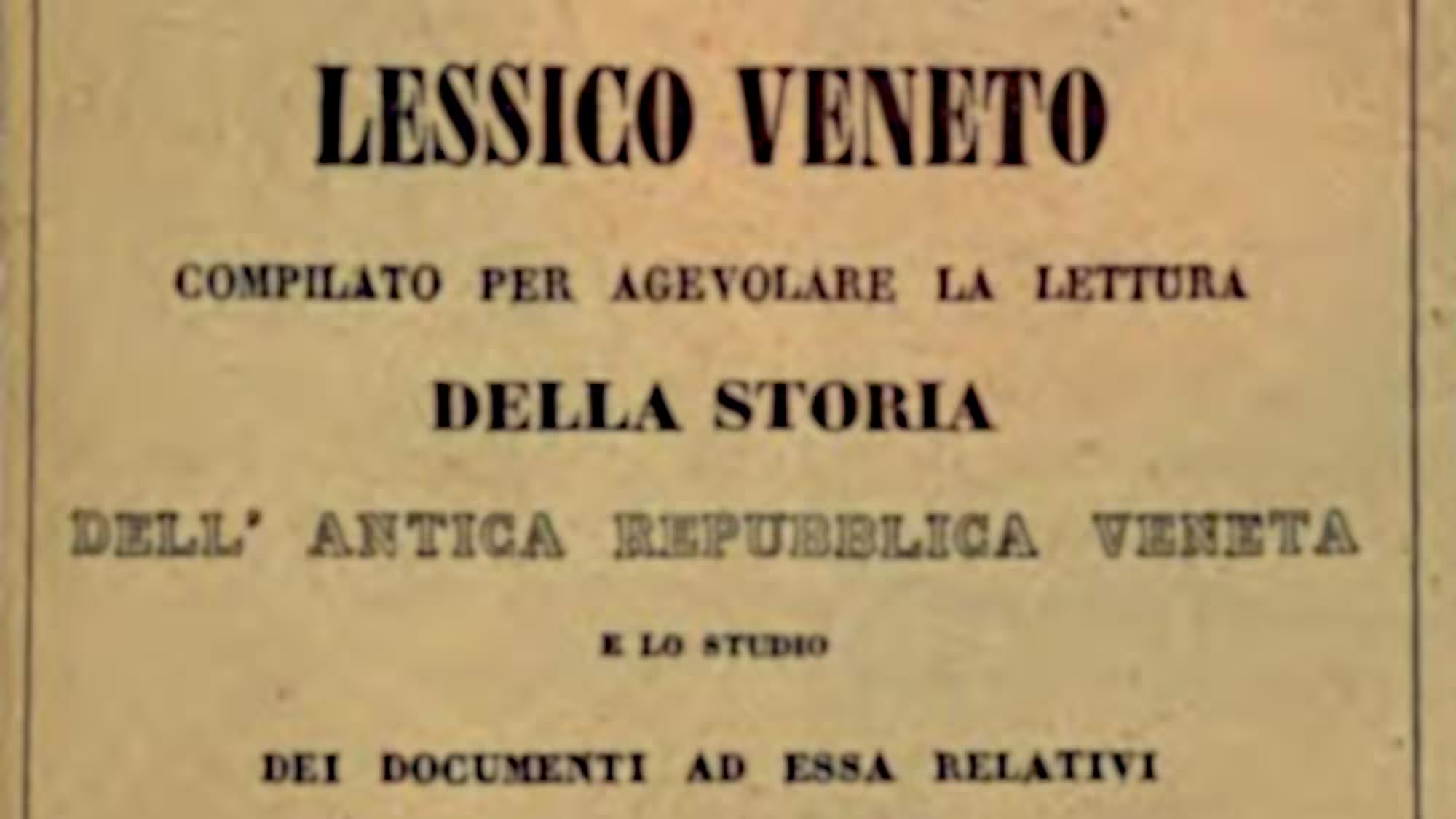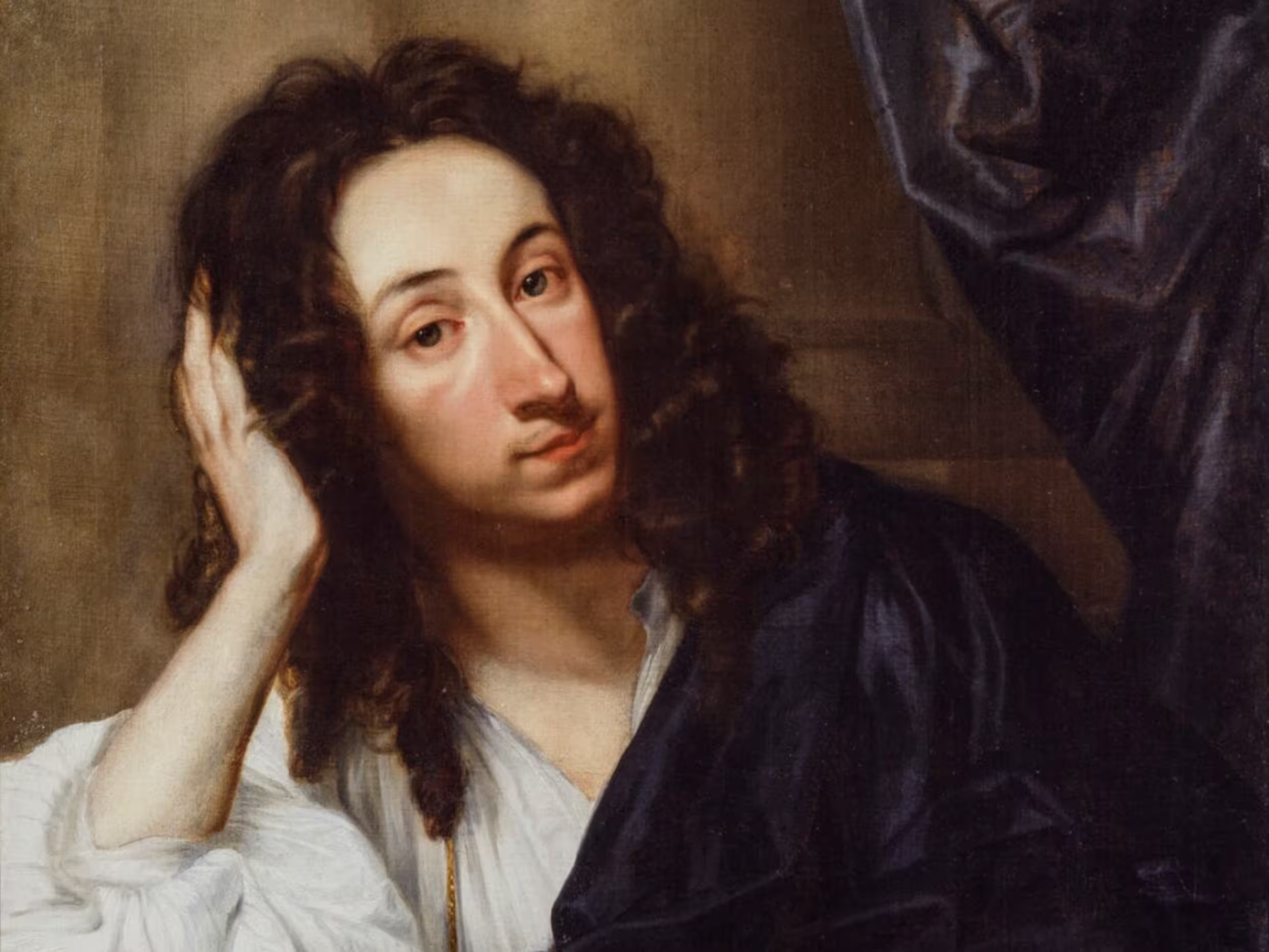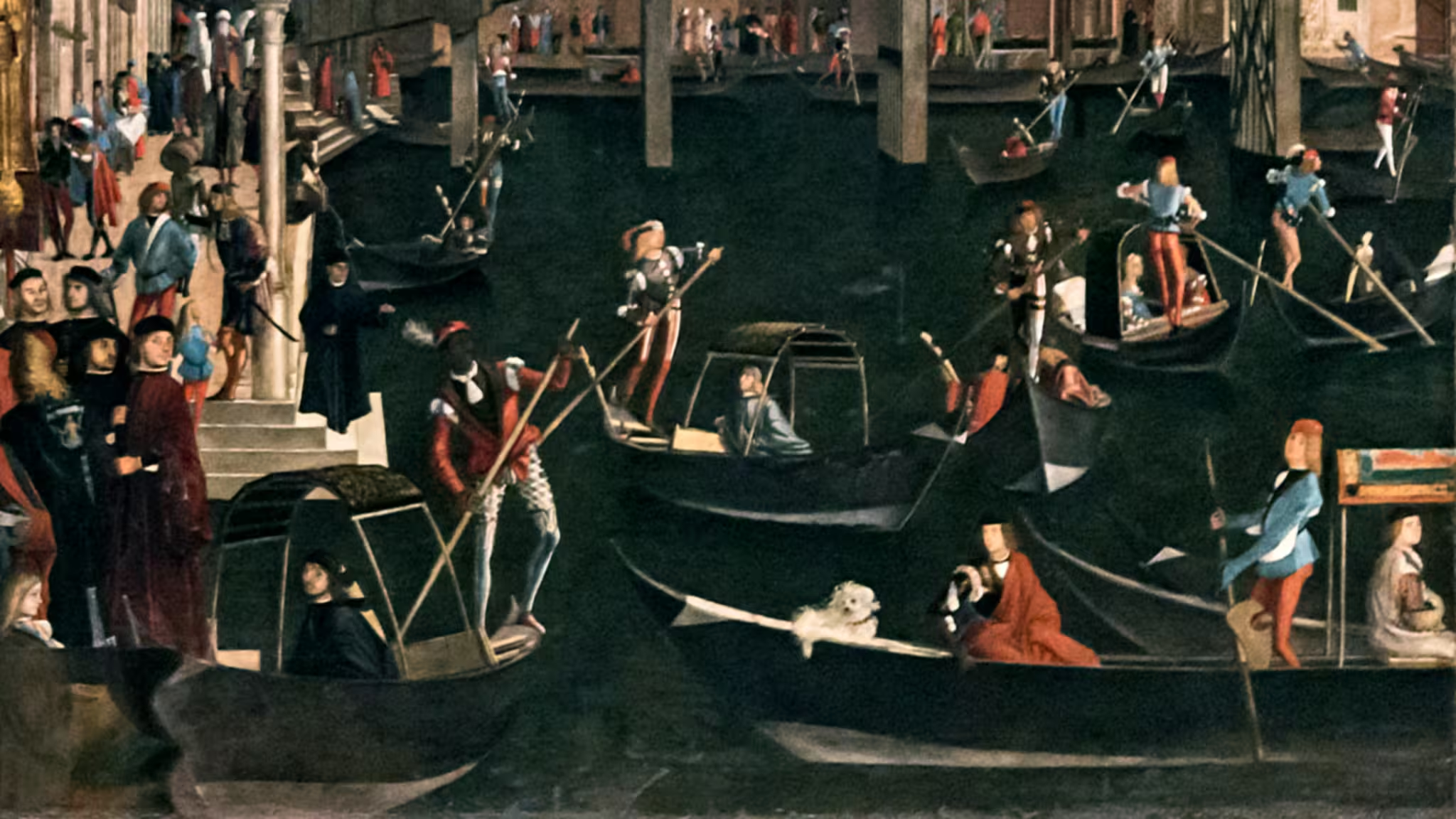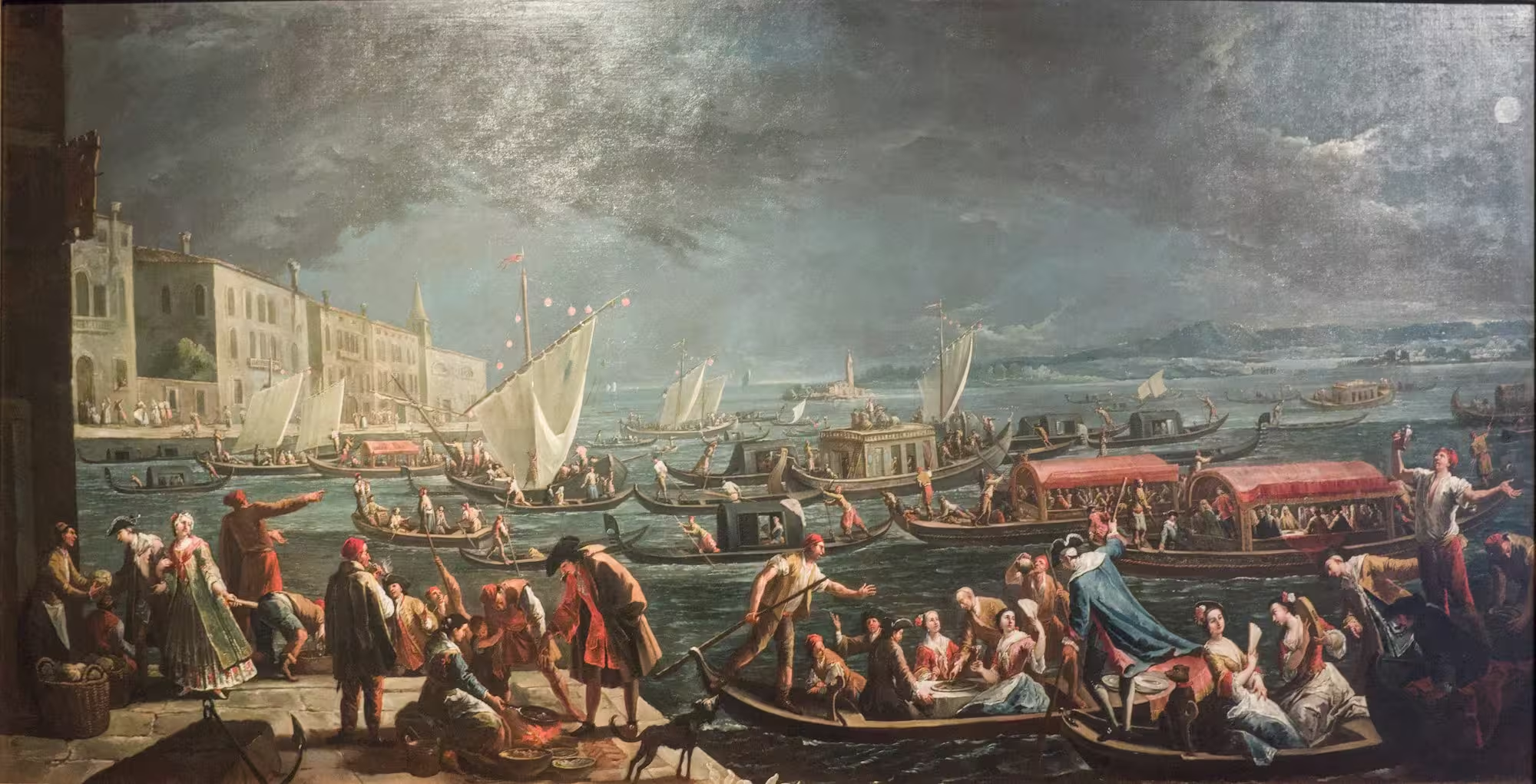San Marco (sestiere)
-
Brick pavements at St Mark
Current digs in the Piazza San Marco reveal the ancient brick pavings of the square, as we know them from paintings.
-
Il mermeo in giro — Quacking Around — Grevembroch 4–77
“Il mermeo in giro” (Quacking Around) from the Gli abiti de veneziani (1754) by Giovanni Grevembroch, translated by René Seindal.
-
Prigioni — Lessico Veneto
“Prigioni” from the Lessico Veneto (1851) by Fabio Mutinelli, translated by René Seindal.
-
Gli abiti de veneziani — by Giovanni Grevembroch
“Gli abiti de veneziani di quasi ogni età con diligenza raccolti e dipinti nel secolo XVIII,” by Giovanni Grevembroch, is a treasure of information about Venetians dress in the 1700s.
-
Feasts and Celebrations in Venice
The calendar of feasts and celebrations in Venice was full of events which are now largely forgotten.
-
Doge — Lessico Veneto
“Doge” from the Lessico Veneto (1851) by Fabio Mutinelli, translated by René Seindal.
